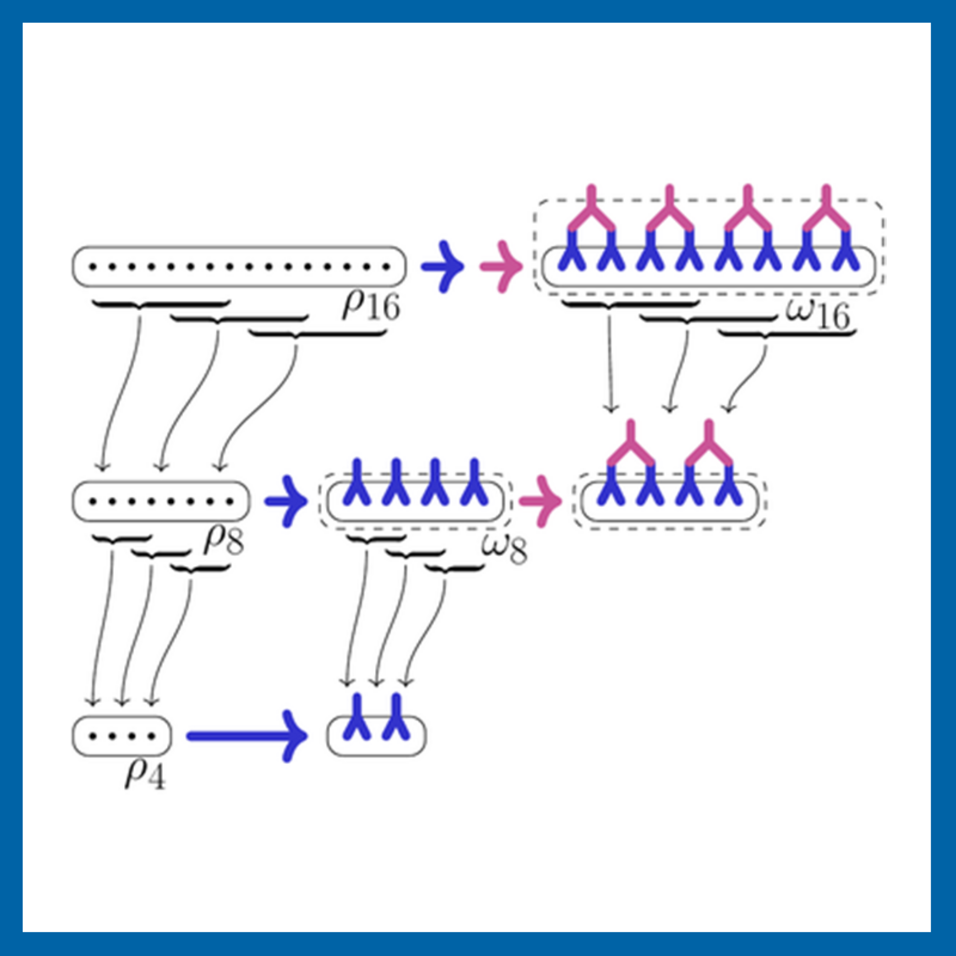The renormalization group has led to the development of very powerful variational algorithms that provide accurate upper bounds to the ground-state energy of quantum many-body systems. As it turns out, out the renormalization group can be used to obtain methods for efficiently computing lower bounds to ground state energies as well.
This is the key finding of a new work titled "Lower Bounding Ground-State Energies of Local Hamiltonians Through the Renormalization Group" by our group members Ilya Kull and Norbert Schuch, co-authored jointly with Ben Dive and Miguel Navascués from the Institute for Quantum Optics and Quantum Information (IQOQI) Vienna. The paper has just appeared in Physical Review X [Phys. Rev. X 14, 021008 (2024)].
It has long been understood that the renormalization group gives rise to a class of variational ansatzes known as tensor network states. The renormalization group thus underpins the success of variational tensor network algorithms in treating many-body problems, such as finding the ground-state energy of a local Hamiltonian. Variational algorithms, however, always provide us with a one-sided estimate of the quantity we wish to compute: In the case of the ground-state-energy problem they provide an upper bound. For a full solution of the problem a complementing lower bound is needed.
Lower bounds can be obtained using so-called relaxation methods, but existing relaxation methods suffer from an unfavorable scaling of the complexity of the computation that has to be performed in order to attain a desired precision. In this work, the authors show how the renormalization group can serve as a powerful guiding principle for formulating relaxations of many-body problems. They show how renormalization flows that are described by tensor networks can be used to drastically reduce the complexity of the computation. The power of this approach is demonstrated by computing lower bounds on ground state energies of 1D spin chains. The results surpass existing relaxation methods by a factor of x10 in precision and demonstrate that lower bounds can be obtained efficiently.
To learn more, have a look at the published open access version at Physical Review X [Phys. Rev. X 14, 021008 (2024)] or on the arXiv.
This work has received support through the ERC-CoG SEQUAM (grant no. 863476), and the Austrian Science Fund FWF (grants no. P36305 and F71).

